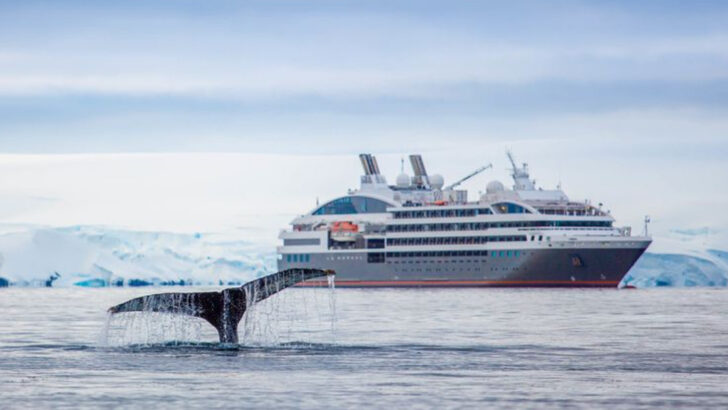Floating cities are tearing up the sea.
Cruise ships may look like dreamy getaways from the deck, but beneath the surface, they’re trashing coral reefs, polluting fragile waters, and disturbing marine life that never signed up for any of this.
And it’s not just the ships. It’s the crowds they bring—thousands of tourists flooding into tiny coastal areas, kicking up sand, sunscreen, and plastic.
The ocean isn’t a bottomless garbage bin. It’s reaching a breaking point.
We’re talking about sewage dumped at sea. Noise that confuses whales. Anchors ripping into the seafloor like claws.
This isn’t just inconvenient. It’s destruction on a massive scale—and it’s happening right now.
Here are ten hard-hitting facts that reveal what these floating resorts are really doing to the marine world.
The Collateral Damage of Anchors
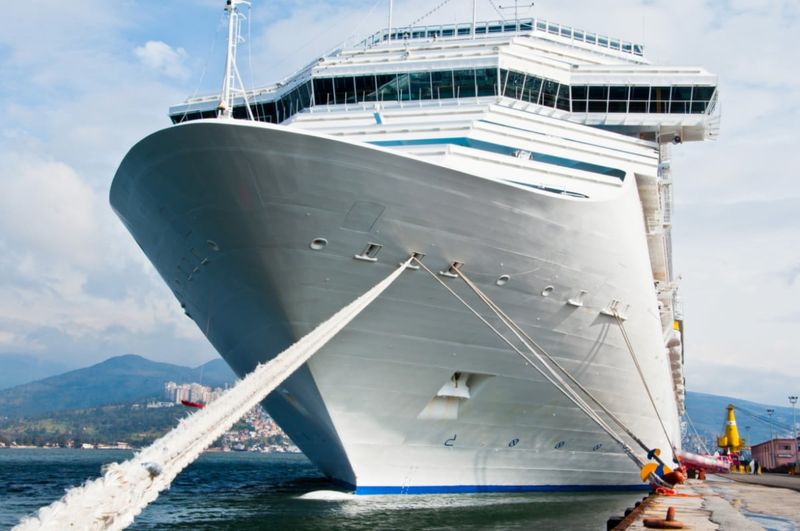
The colossal anchors of cruise ships wreak havoc on delicate coral reefs. These anchors, weighing several tons, are dropped onto the seabed, smashing corals and other marine life.
Coral reefs, which are critical habitats for marine biodiversity, are particularly vulnerable. Once damaged, these ecosystems can take decades to recover.
Did you know? Each time an anchor is dropped, it can destroy areas as large as a football field. The scars left behind disrupt ecosystems and endanger the marine species that depend on these habitats.
Waste Management Nightmares
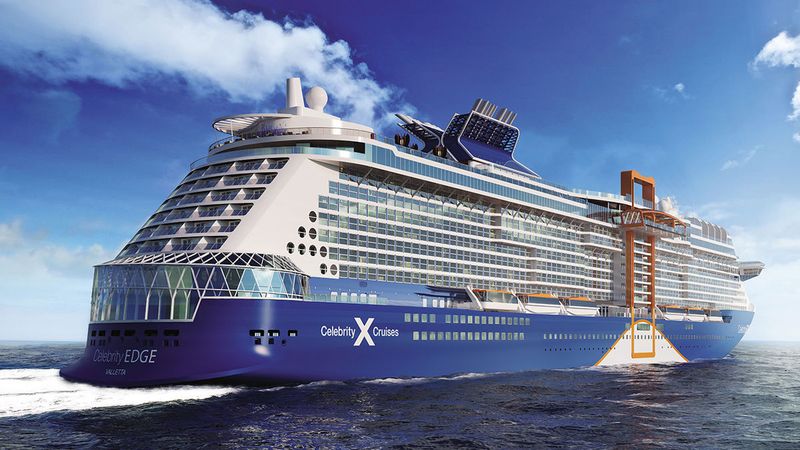
Cruise ships generate enormous amounts of waste, much of which ends up in the ocean. While regulations exist, enforcement is inconsistent, leading to illegal discharges.
Sewage, graywater, and hazardous waste pollute marine environments, threatening wildlife and human health.
The scale of the problem is staggering. On average, a cruise ship produces as much sewage as a small city. Unfortunately, many vessels have been caught flouting waste disposal laws, showcasing a blatant disregard for environmental protection.
Air Pollution Over the Seas
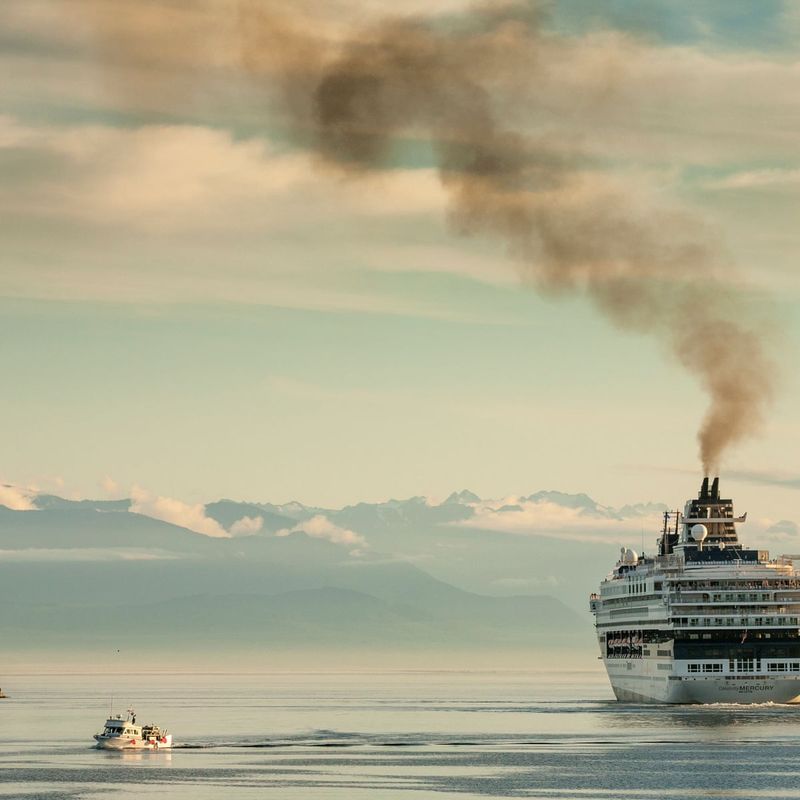
Cruise ships are notorious for air pollution, spewing sulfur oxides and nitrogen oxides into the atmosphere. This pollution contributes to acid rain, harming marine and terrestrial ecosystems alike.
The clouds of particulate matter also impact air quality for coastal communities.
Remarkably, a single cruise ship can emit more sulfur dioxide in one day than millions of cars. The consequences are widespread, affecting respiratory health and contributing to climate change.
Noise Pollution: The Silent Killer

The constant rumble of cruise ship engines causes noise pollution that disrupts marine life. Whales and dolphins, reliant on echolocation, face challenges in navigation and communication.
This acoustic chaos can lead to disorientation and even strandings.
Noise pollution is a growing concern, as it interferes with the natural soundscape of the oceans. For marine animals, this disruption is akin to living in a constant cacophony that affects their survival and well-being.
Invasive Species Stowaways

Cruise ships are unwitting vehicles for invasive species. Ballast water, used to stabilize vessels, often contains foreign species. Once released, they can wreak havoc on local marine ecosystems.
These species outcompete native organisms, leading to ecological imbalance.
The impact of invasive species is profound, often resulting in the decline of local fisheries and biodiversity loss. The challenge lies in managing ballast water treatment to prevent these ecological disruptions.
The Impact on Local Fisheries

The presence of cruise ships affects local fisheries, often leading to overfishing and depletion of resources. The increased demand for seafood to cater to tourists places additional pressure on marine stocks.
Fishermen find it harder to compete, affecting their livelihoods and local economies.
Moreover, cruise ship tourism can disrupt traditional fishing practices and reduce fish populations, leading to long-term ecological consequences. Communities reliant on fishing face significant challenges in sustaining their way of life.
Erosion of Coastal Ecosystems

Massive cruise ships contribute to coastal erosion through frequent docking and increased wave action. This erosion endangers coastal habitats, impacting both wildlife and human infrastructure.
The loss of coastal vegetation and wetlands reduces natural protection against storms and rising sea levels.
Erosion also affects the tourism appeal of these destinations, as once-pristine beaches become degraded. The long-term effects on coastlines present a significant challenge for conservationists.
Unsustainable Tourism Practices
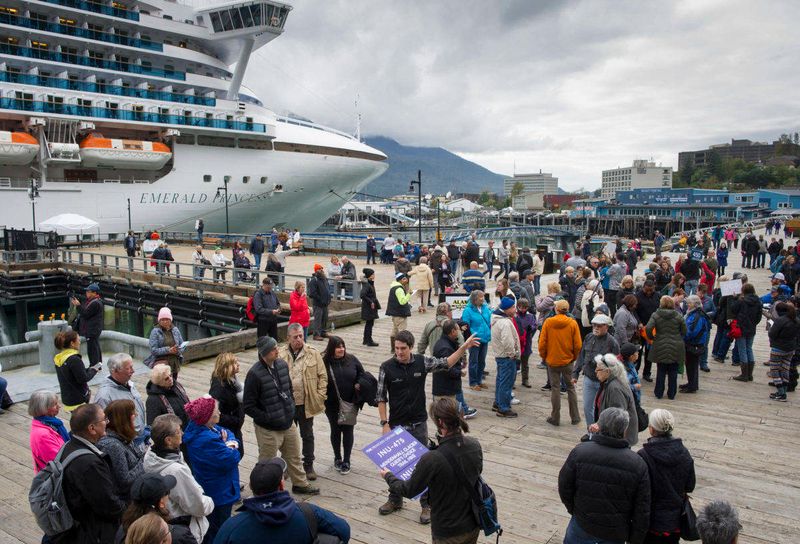
Overtourism leads to environmental degradation and strain on local resources. Popular destinations become overcrowded, causing habitat destruction and pollution.
Infrastructure struggles to keep up with the influx of visitors, leading to waste management issues.
This unsustainable growth affects the quality of life for residents and diminishes the natural beauty that attracts tourists. Balancing tourism with environmental conservation is crucial for preserving these destinations for future generations.
Disruption of Marine Life Migration
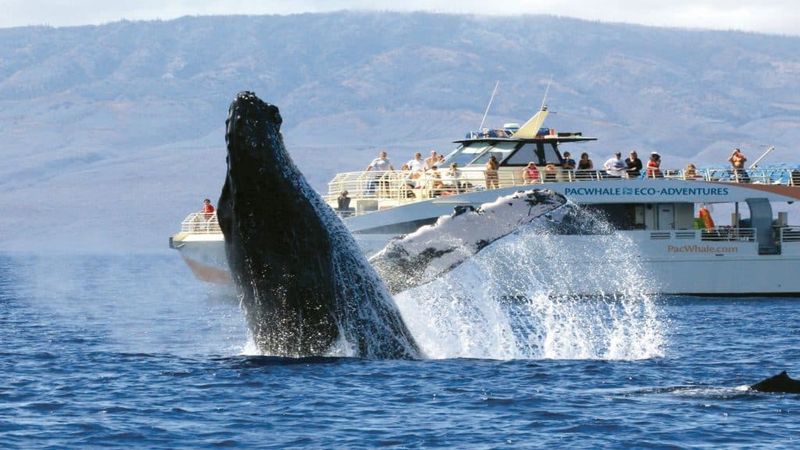
Cruise ships can alter migratory routes of marine animals. The presence of these massive vessels creates physical and acoustic barriers for species like whales and sea turtles.
These disruptions can lead to changes in reproductive and feeding patterns.
Protecting migratory pathways is essential for maintaining healthy marine populations. Conservation efforts focus on minimizing ship traffic in critical habitats to ensure the survival of these species.
Climate Change Acceleration
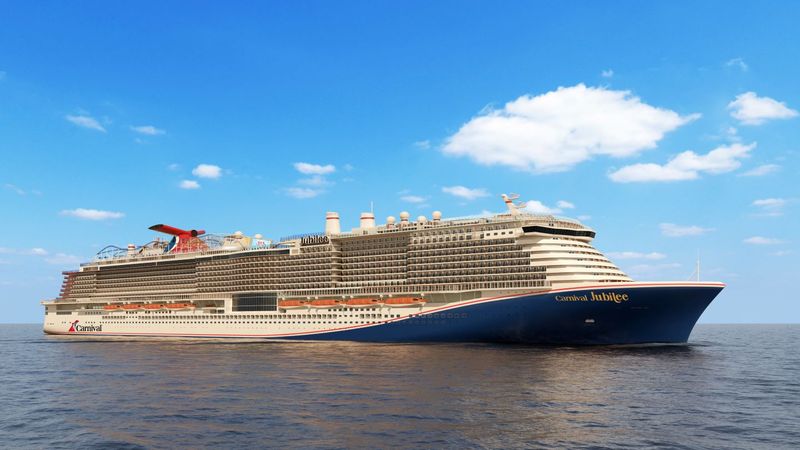
Cruise ships contribute to climate change through greenhouse gas emissions. The burning of heavy fuel oil releases significant carbon dioxide, exacerbating global warming.
The industry’s carbon footprint is immense, with ships traveling vast distances.
Efforts to transition to cleaner energy sources are underway, but progress is slow. The cruise industry’s environmental impact highlights the need for sustainable practices to combat climate change and protect marine ecosystems.

